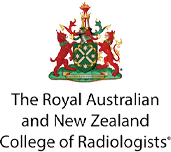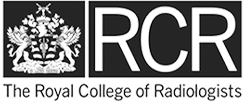A port-a-cath provides easy and reliable access to your veins. It is commonly used for administration of port a cath chemotherapy but also for patients needing long-term antibiotics or recurrent blood transfusions.
It consists of a titanium chamber (port) attached to a soft silicone tube (catheter). The entire device is placed under the skin. The port is accessed with a special needle through the skin.
The chemo port insertion is placed into a pocket underneath the skin just below the collar bone.
Nothing is visible externally apart from a small bump on the front of your chest where the port sits.
The port can be left in place for months and sometimes years. Your oncologist will decide if a chemo port a cath is suitable for you and how long it needs to remain in place Portacath Insertion















